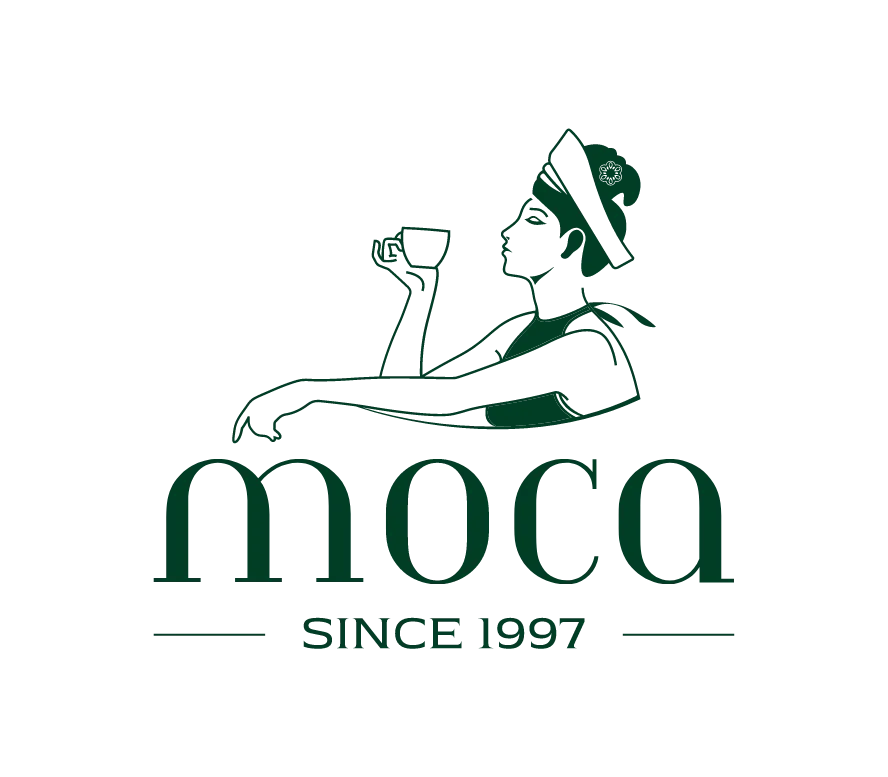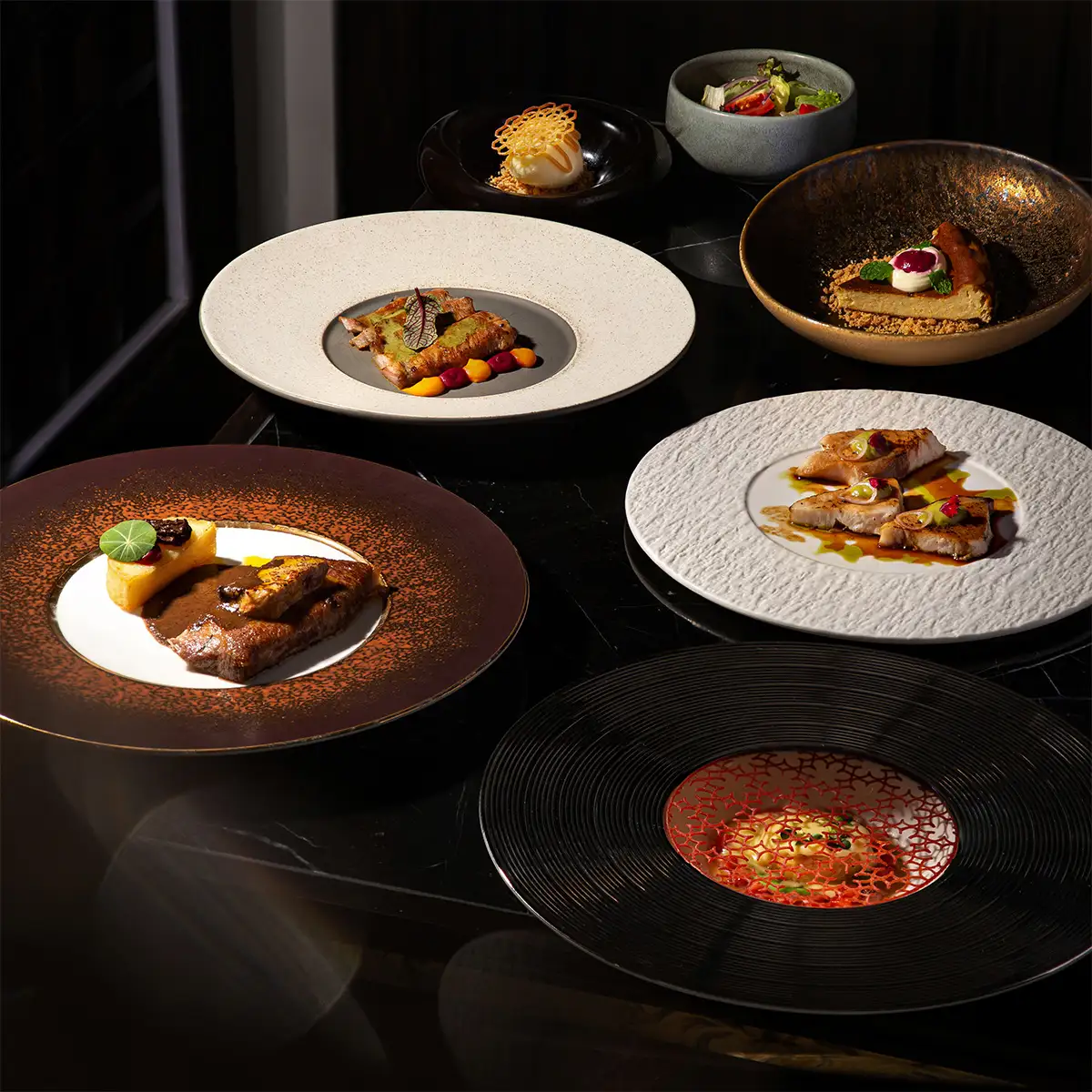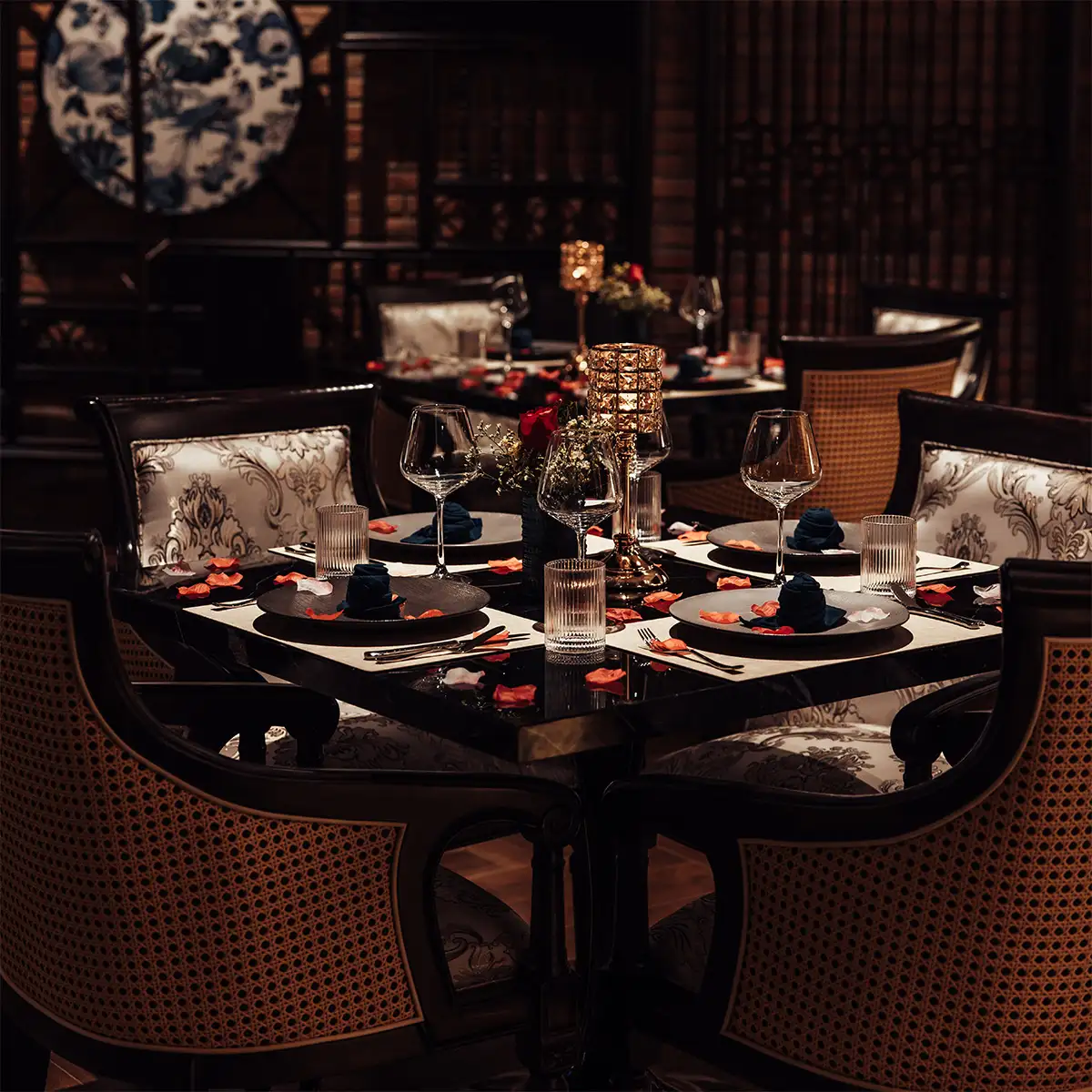A Michelin Star is a symbol of culinary excellence, representing dedication, skill, and a deep understanding of flavor. In this article, we answer the question of what is a Michelin star, exploring the criteria, evaluation process, and the rigorous standards set by the MICHELIN Guide. With a history dating back to 1900, the MICHELIN Guide remains the gold standard in restaurant reviews, offering insight into the world’s finest dining establishments.
1. What is a Michelin Star?
At its core, what is a Michelin Star? It is an award bestowed upon restaurants that offer outstanding cooking. However, this simple definition belies the rigorous evaluation process and the exceptional qualities that a restaurant must possess to earn this coveted distinction. The MICHELIN Guide Inspectors employ five universal criteria to assess a restaurant's merit, ensuring a consistent and objective evaluation across the globe:
- Quality of the ingredients: The foundation of any exceptional dish lies in the quality of its ingredients. Michelin-starred restaurants are committed to sourcing the freshest, highest-quality ingredients, often from local and sustainable sources.
- Harmony of flavors: A Michelin-starred chef possesses the ability to create dishes where flavors complement and enhance each other, resulting in a balanced and harmonious culinary experience.
- Mastery of techniques: Exceptional technique is essential for transforming raw ingredients into culinary masterpieces. Michelin-starred chefs demonstrate a mastery of culinary techniques, both traditional and modern, to elevate their dishes to the highest level.
- Personality of the chef as expressed through their cuisine: A Michelin Star recognizes not only technical skill but also the chef's unique culinary vision. The dishes should reflect the chef's personality, creativity, and passion for food.
- Consistency (across the entire menu and over time): Consistency is paramount. A Michelin-starred restaurant must maintain its high standards across the entire menu and over time, ensuring that every dish is executed with the same level of care and precision.
These five criteria form the bedrock of the Michelin Star evaluation process, ensuring that only the most exceptional restaurants receive this prestigious recognition.
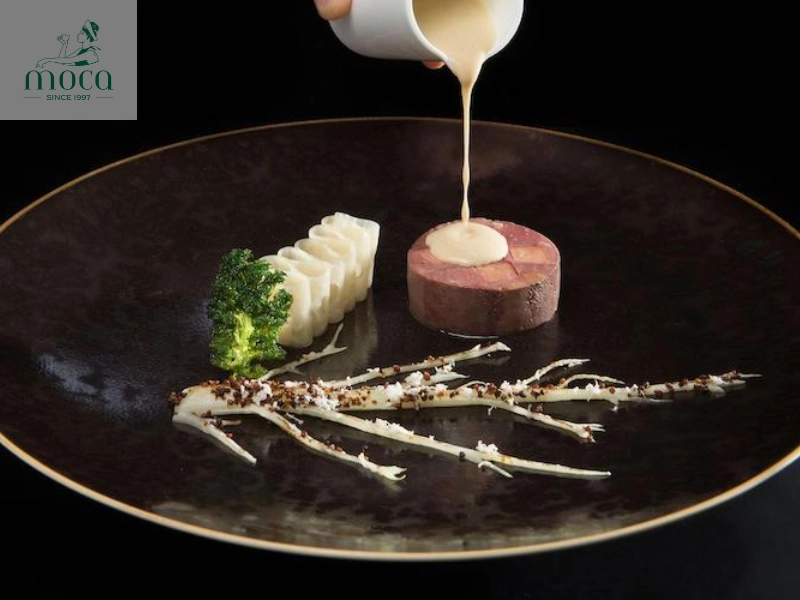
A Michelin Star dish showcasing perfection in every ingredient, technique, and creativity
Learn more: Michelin 1 Star Restaurants List: Discovering the Pinnacle of Cuisine
2. The Michelin star award process
The process behind awarding a Michelin Star is rigorous and meticulous, designed to ensure fairness and consistency. It's important to understand that what is a Michelin Star is not a static achievement, but rather a continuous pursuit of excellence.
- Are Michelin Stars annual awards? Yes, Michelin Stars are reassessed annually. This ensures that restaurants maintain the consistent high standards that earned them the Star in the first place. The culinary landscape is ever-evolving, and the MICHELIN Guide reflects this dynamism.
- Who are the judges? Who makes the decisions? The famously anonymous Michelin Inspectors are the judges. These are full-time employees of the MICHELIN Guide, and they are all former restaurant and hospitality professionals. Their anonymity is crucial to ensure unbiased evaluations.
- How many meals do you have in a restaurant before awarding it a Star? There's no fixed number. Inspectors visit a restaurant as many times as it takes to get the complete picture. Consistency is paramount, so inspectors will visit throughout the seasons, for lunch and dinner, on weekends and weekdays.
- What do you order? Inspectors try to eat as many dishes as possible to assess the chef's food and to understand the breadth and depth of the menu. They are looking for consistency and quality across the board.
- Do you eat alone or in pairs? It varies. Sometimes inspectors dine alone, and sometimes they dine in pairs. However, final decisions are always made collectively, ensuring a balanced perspective.
- How important is international experience for Inspectors? International experience is very important. Michelin Inspectors are often sent around the world to ensure consistent standards and to gain a broad understanding of different culinary traditions and techniques. This global perspective is essential for maintaining the integrity of the MICHELIN Guide.
This rigorous and multifaceted evaluation process ensures that the Michelin Star remains a symbol of true culinary excellence.

A Michelin Inspector carefully evaluating dishes to ensure consistent quality and excellence for the prestigious Michelin Star
3. What matters (and doesn't matter) for a Michelin Star
It's important to dispel some common misconceptions about what is a Michelin Star and what factors influence the awarding of this prestigious accolade. While ambiance and service contribute to the overall dining experience, the Michelin Guide focuses primarily on the food itself.
- Is the decoration/style of restaurant a factor in awarding a Star? No. A Michelin Star is awarded solely for the food on the plate – nothing else. Whether a restaurant is opulent or minimalist, traditional or modern, the decor has no bearing on the Michelin Inspectors' evaluation. The focus is entirely on the culinary experience.
- Does service play a part? No, the style of service has no bearing on a Michelin Star. While attentive and professional service is certainly appreciated, it is not a determining factor in the awarding of a Star. The quality of the food remains the paramount consideration.
- Do you also take into consideration the wine list? Restaurants that are serious about their food tend to have interesting wine lists, so it usually takes care of itself. While a thoughtfully curated wine list can enhance the dining experience, it is not a primary factor in the Michelin Star evaluation. The focus remains firmly on the quality and artistry of the cuisine.
In essence, the Michelin Star is a recognition of culinary excellence, pure and simple. While other elements contribute to a memorable dining experience, it is the food that ultimately determines whether a restaurant earns this prestigious award.
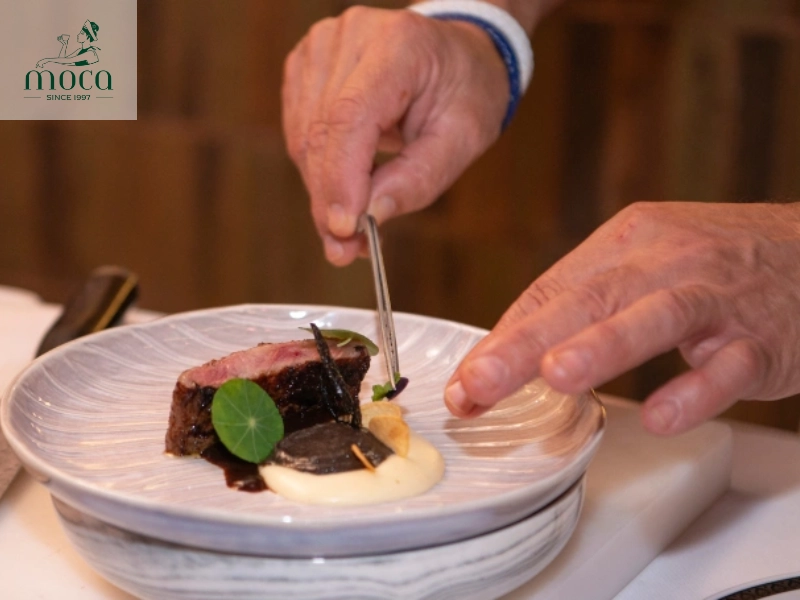
The Michelin Star focuses solely on the culinary experience, with the quality and artistry of the food being the primary factor.
Learn more: Discover Michelin Asian Restaurants in Viet Nam
4. Restaurant eligibility and star retention
Many often wonder about the criteria for restaurants to be considered for a Michelin Star and what happens after a restaurant receives this honor. Understanding these aspects provides further insight into what is a Michelin Star and the commitment it represents.
- Can any restaurant qualify? Yes, any restaurant of any style and cuisine type can qualify for a Star. The MICHELIN Guide celebrates culinary diversity, and Stars are awarded to restaurants that demonstrate exceptional cooking, regardless of their cuisine or format. From fine dining establishments to casual eateries, the focus is always on the quality of the food.
- Do restaurants have to apply for a Star? No, restaurants do not have to apply for a Star. If they are in the MICHELIN Guide, they are re-assessed regularly by our inspectors. However, any restaurant can ask to be considered for inclusion in the Guide, which is the first step towards potential Star recognition.
- If the Head Chef leaves, do you automatically remove the Star? Not necessarily. Michelin Stars are awarded to the restaurant as a whole, recognizing the entire team's contribution to the culinary experience. If the Head Chef leaves, inspectors will return to see how well the restaurant performs under new leadership. The Star will be retained if the cooking remains at the same high level.
- Why do you take Stars away? If the cooking is no longer at the same level, the Star will not be re-awarded. Consistency is key to maintaining a Michelin Star, and if a restaurant's standards decline, the Star will be removed to ensure the Guide's integrity and credibility.
The Michelin Guide's commitment to consistent evaluation ensures that the Stars remain a reliable indicator of exceptional culinary experiences.
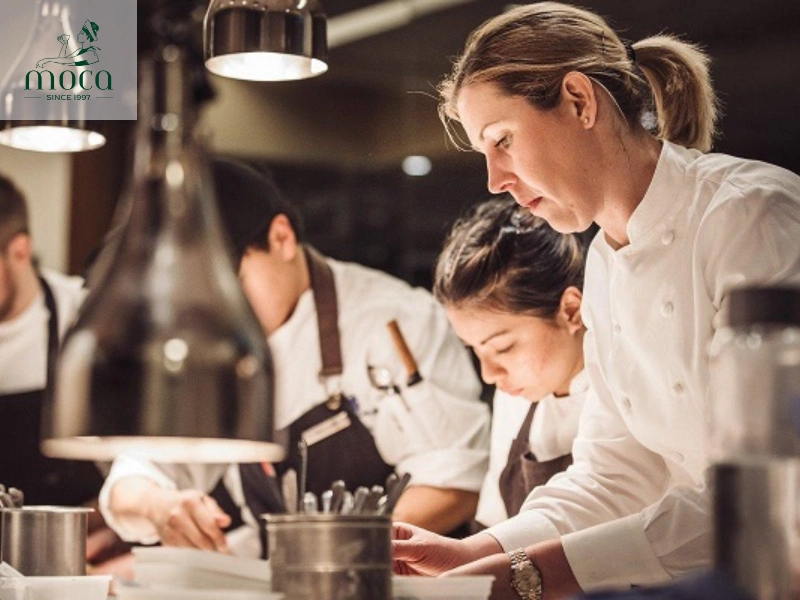
Michelin Stars are awarded based on the entire team's culinary excellence, with consistency being the key to retention.
5. Misconceptions and key considerations
There are several common misconceptions about the Michelin Guide and the process of awarding Stars. Clarifying these points is crucial to fully understanding what a Michelin Star truly represents.
- Do you have set criteria that the kitchen must adhere to? No, there is no secret formula – we are just looking for really great cooking. The Michelin Guide does not impose specific rules or guidelines on restaurants. Instead, inspectors focus on the overall quality, creativity, and consistency of the food.
- Do you have a limit on how many Stars you can award in one year? No, there is no limit. The number of Stars awarded in a given year depends entirely on the quality of the restaurants being evaluated. The Michelin Guide is committed to recognizing culinary excellence wherever it is found.
- Do you have to be a formal restaurant to get a Star? No, this is a misconception. Stars are awarded to all different styles of restaurants, from fine dining establishments to casual bistros and even street food vendors. The focus is always on the quality of the food, regardless of the restaurant's format or ambiance.
- What happens when you eat in a restaurant and then find the Head Chef was away? It doesn't matter who is cooking, as long as it's at the same standard. The Michelin Guide evaluates the restaurant as a whole, not just the individual chef. If the food remains exceptional, the absence of the Head Chef is not a factor.
- How do you feel when you read that a chef “is not cooking for the guides”? Delighted! Chefs should cook for their customers, not for the Guides. The Michelin Guide's purpose is to identify and celebrate restaurants that are dedicated to providing exceptional dining experiences for their patrons.
- Do you ever give feedback to a restaurant? No, the only feedback a restaurant should consider is the feedback it gets from its customers. The Michelin Guide maintains its anonymity to ensure unbiased evaluations.
- Does a Michelin Star put undue pressure on a chef? Chefs should maintain the same standard of cooking that won them the Star. The Michelin Star is a recognition of excellence, and chefs should strive to uphold the standards that earned them this honor.
- Do restaurant standards drop on busy Fridays and Saturdays? No – most restaurants are at their best when they’re busy. A Michelin-starred restaurant should maintain its high standards regardless of the day or time.
By addressing these misconceptions, we hope to provide a clearer understanding of the Michelin Star and the values it represents.
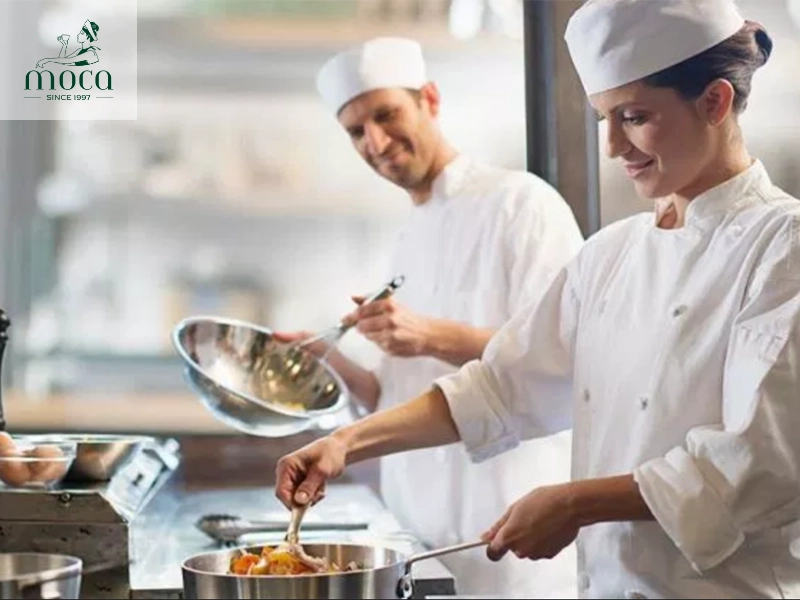
A Michelin Star is earned through consistent excellence, regardless of the day, time, or who's cooking in the kitchen.
6. Understanding the star ratings
The Michelin Guide uses a three-star system to distinguish the levels of culinary excellence. It's important to understand the nuances of each rating to fully appreciate the significance of what is a Michelin Star.
- One MICHELIN Star: This signifies a restaurant offering high-quality cooking that is worth a stop. These establishments use top-quality ingredients and prepare dishes with distinct flavors to a consistently high standard. A One-Star restaurant is a great place to enjoy a memorable meal.
- Two MICHELIN Stars: This denotes excellent cooking that is worth a detour. At this level, the personality and talent of the chef are evident in expertly crafted dishes. The food is refined, inspired, and demonstrates a deeper level of culinary artistry. A Two-Star restaurant offers a truly exceptional dining experience.
- Three MICHELIN Stars: This represents exceptional cuisine that is worth a special journey. This is the highest distinction awarded by the Michelin Guide and signifies superlative cooking from chefs at the peak of their profession. The cooking is elevated to an art form, with each dish demonstrating unparalleled creativity, technique, and flavor. A Three-Star restaurant offers an unforgettable and transformative culinary experience.
The Michelin Star ratings provide a clear and concise guide to the world's best restaurants, helping diners make informed choices based on their preferences and expectations.
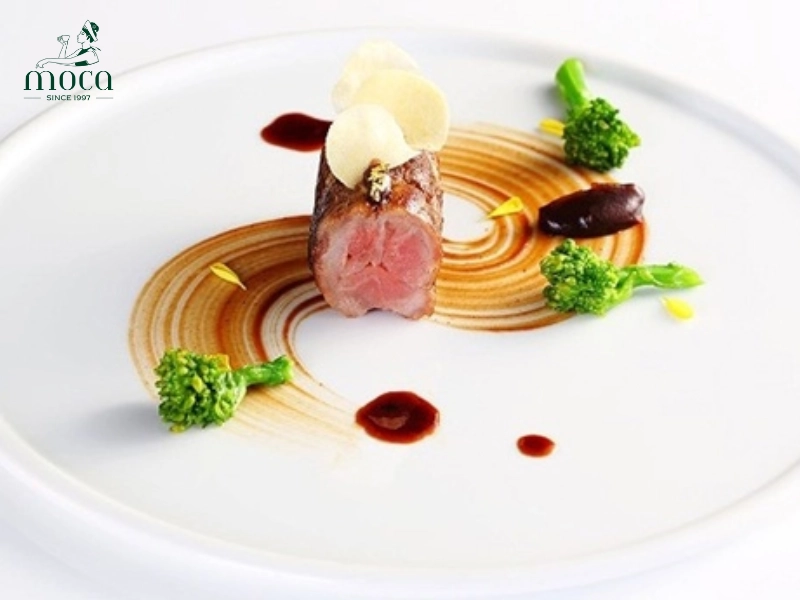
The Michelin Star ratings reflect the journey from high-quality cooking to exceptional culinary artistry, guiding diners to unforgettable experiences.
7. Other MICHELIN guide awards
While the Michelin Star is the most well-known award, the MICHELIN Guide also recognizes other categories of restaurants that offer exceptional dining experiences. Understanding these awards provides a broader perspective on what is a Michelin Star represents within the context of the culinary world.
- The Bib Gourmand: This award highlights restaurants that offer great value. These establishments provide simple yet skillful cooking at an affordable price, making them accessible to a wider range of diners. The Bib Gourmand is a testament to the fact that exceptional food doesn't always have to come with a high price tag.
- The Green Star: This relatively new award recognizes restaurants that are role models when it comes to sustainable gastronomy. These establishments demonstrate a commitment to environmentally friendly practices, ethical sourcing, and reducing food waste. The Green Star reflects the growing importance of sustainability in the culinary industry.
These additional awards demonstrate the MICHELIN Guide's commitment to recognizing a diverse range of culinary experiences, from affordable and delicious meals to restaurants that are leading the way in sustainable practices.
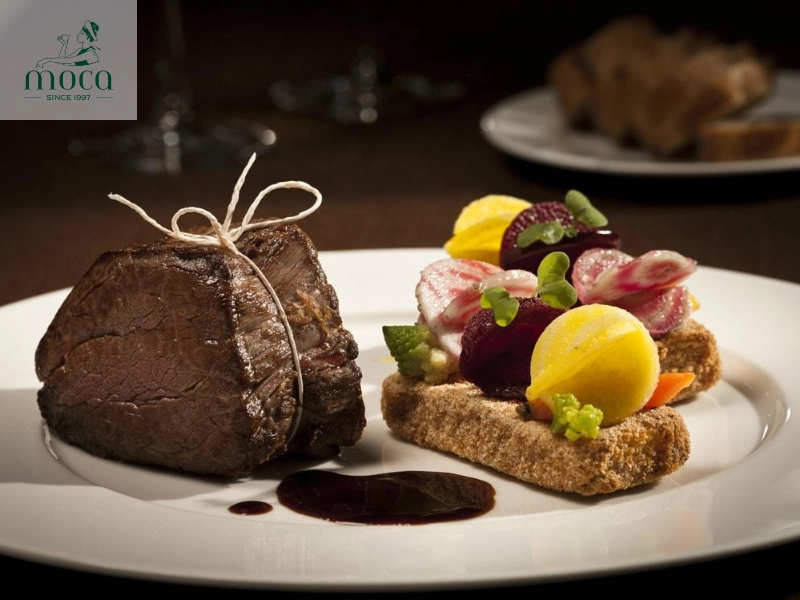
The MICHELIN Guide also honors great value and sustainability through the Bib Gourmand and Green Star awards, celebrating excellence in every form.
In conclusion, what is a Michelin Star represents the pinnacle of culinary achievement, a testament to a restaurant's unwavering commitment to excellence, quality, and consistency. It signifies not only exceptional cooking but also the chef's unique personality and artistry, expressed through meticulously crafted dishes. The MICHELIN Guide serves as an invaluable resource for discerning diners seeking outstanding culinary experiences, guiding them to restaurants that have earned the prestigious Star and other accolades. We encourage you to explore the world of Michelin-starred restaurants, to savor the flavors, appreciate the artistry, and experience the best that the culinary world has to offer.
If you're looking for more reviews on Michelin stars restaurants, don't hesitate to check out Moca Dining for more insights!
For reservations and more information, simply visit Moca Dining’s official website or contact us directly. We're here to make your dining experience truly memorable.
Contact details
Moca Dining
16 Nha Tho, Hang Trong Ward, Hoan Kiem District, Hanoi
Tel: 0819961997 | 08.1997.2023
